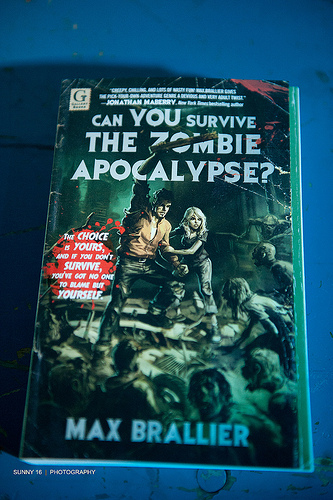
Source: Conflict Of Interest Austin 2011,
thesnydotcom, Flickr
In only a few lines of text, you learned much about the setting in Chekhov’s “The Boys.” The family is wealthy enough to have a cook, and you can only reach their home by traveling on a sleigh across a frozen terrain. Sleighs have never been a common mode of transportation in Texas, so you likely assumed that the time period for this story was long ago in place that, unlike Texas, has harsh winters.
Volodya is not a common name in our state either, so you may have also guessed that this story takes place in Chekhov’s country of Russia. In nineteenth-century Russia, the name “Volodya” was a popular nickname for Vladymir and would be comparable to calling someone “Chris” for Christopher or “Jake” for Jacob.
You may have also figured out while reading Chekhov’s story that a class system is in place because Volodya is addressed as “master.” These pieces of information are all part of the story’s setting. Setting can be defined as follows:
- The time of the story or when it takes place – The time can be in the past, present, or future. A writer may be very specific and include information about a specific year, month, day, or hour of the day, or you might know only a little about the time, such as a specific season or holiday time.
- The place of the story or where it takes place – Place can mean the cultural or historical setting and/or a specific geographic location in a country, town, or community.
A writer can use any of these important elements related to setting to help shape the plot, conflict, and characters.
Read the three opening sentences below and think about what you might learn about the plot, conflict, or characters from each writer’s skillful use of details related to setting. For each passage, check the Plot, Conflict, and/or Characters box(es) if you think the passage provides information about these elements. You will check 1, 2, or 3 box(es) for each passage.
We lived on Waverly Place, in a warm, clean, two-bedroom flat that sat above a small Chinese bakery specializing in steamed pastries and dim sum.
— Amy Tan, “Rules of the Game,” The Joy Luck Club
I belong in Cleveland, Ohio. One winter’s night, two years ago, I reached home just after dark, in a driving snowstorm, and the first thing I heard when I entered the house was that my dearest boyhood friend and schoolmate, John B Hackett, had died the day before, and that his last utterance had been a desire that I would take his remains home to his poor old father and mother in Wisconsin.
—Mark Twain, “The Invalid’s Story”
Once inside the supermarket, her hands firmly around the handle of the cart, she would lapse into a kind of reverie and wheel toward the produce. Like a Tibetan monk in solitary meditation, she calmed to a point of deep, deep happiness; this feeling came to her, reliably, if strangely, only in the supermarket.
—Cynthia Rylant, “Checkouts”

Source: Minimundo Zaragoza, chalo84, Flickr
Now, think about the setting for the story you are going to write. Will it advance elements of the plot, help the reader understand the conflict, make the characters more real, or accomplish all three?